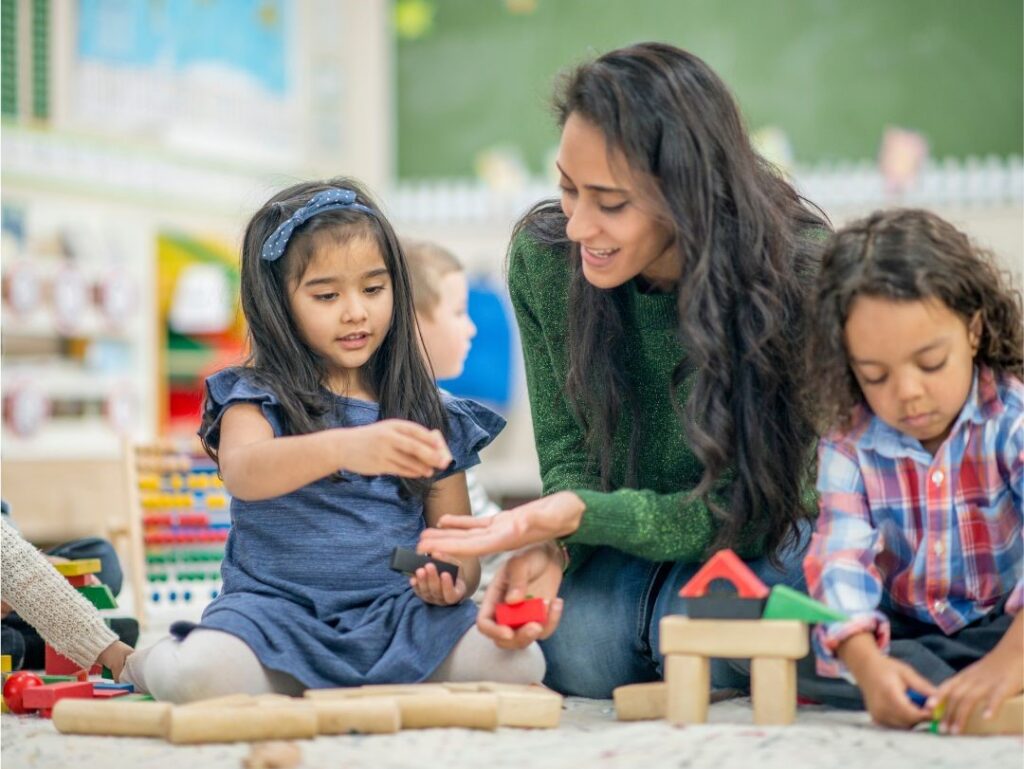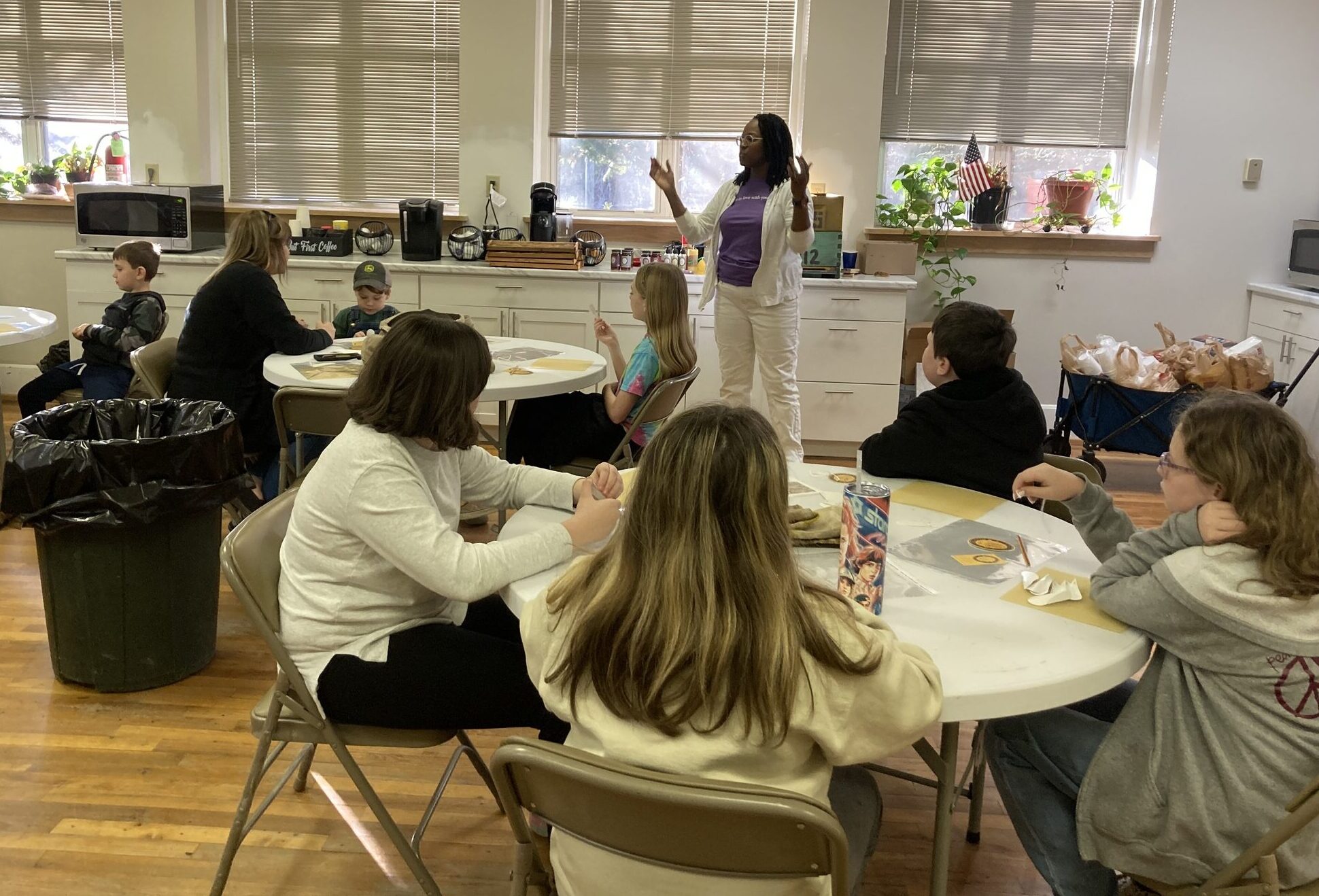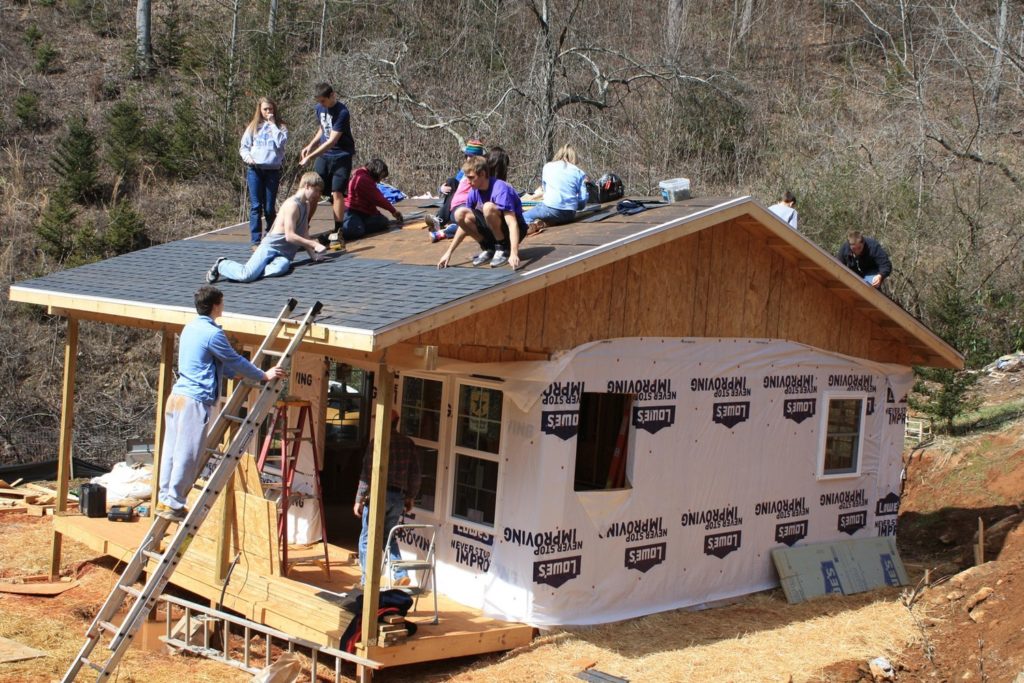Only 20% of your health comes from your genes or visits to the doctor.
A whopping 80% is determined by the social and environmental factors you deal with every day.
We deal with many social and environmental factors every day. From birth, these factors add up and greatly affect our long-term health.
To make these factors easier to understand and discuss, we can group them into five main categories:
We are dedicated to building strong partnerships and removing health barriers in each of these areas.

EDUCATION
The connection between education and health includes issues such as graduating from high school, enrollment in higher education or apprenticeships, educational attainment in general, language and literacy in multiple subjects, and early childhood education and development.

SOCIAL & COMMUNITY SUPPORT
Social and community support greatly impacts long-term health outcomes. These factors look at how connected we are to others and our community’s social resources, if they exist. Do you feel like you belong? Do you feel welcome? This category covers topics like cohesion, civic participation, and discrimination.

NEIGHBORHOOD & BUILT ENVIRONMENT
Adding to how your community makes you feel, the physical factors in your neighborhood and community also impact your health. These factors consider the physical makeup of your neighborhood, including the soundness and safety of your home, the distance you travel to work, to socialize with friends, and access to quality food, air, shade and water.

ECONOMIC STABILITY
Having adequate financial resources is an important part of being and staying healthy. This factor looks at an individual’s income, cost of living challenges, and socio-economic status. It includes key issues such as transportation options, employment, food security, and housing stability.

ACCESS TO HEALTHCARE
The connection between your access to and understanding of health services plays a huge role in your overall health outcomes. This includes key issues such as health insurance coverage, health system literacy, and access to healthcare, including primary care, mental and behavioral health care, dental care, and specialty health services.
Through NOW + NEXT, we are investing in the people who manage our region’s nonprofits, governments, and faith-based organizations (the NOW) and those hoping to engage with their community as opposed to finding what they were looking for in terms of financial security and quality of life in another part of the world (the NEXT).
Our unique program — developed by local professionals for local professionals — offers a diverse group of individuals an unequaled opportunity to grow their leadership skills, strengthen their professional acumen, and collaborate effectively, all at no charge to the individual or their organization.
Participants — no more than 16 at a time — leave NOW + NEXT with the tools they need to grow and motivate the people they serve and to ensure organizational alignment, resulting in a richer, more inclusive and connected community.
Grant Distribution Date: Varied
Number of Partners: 17
Total Funds Invested: $200,000
Grant Distribution Date: Varied
Number of Partners: 2
Total Funds Invested: $10,000
Grant Distribution Date: December 2021
Number of Partners: 6
Total Funds Invested: $385,000
Grant Distribution Date: June 2021
Number of Partners: 27
Total Funds Invested: $204,222
Grant Distribution Date: December 2019
Number of Partners: 28
Total Regional Investment: Nearly $1.5 million
Grant Distribution Date: March 2024
Number of Partners: 5
Total Funds Invested: $200,000
Grant Distribution Date: December 2022
Number of Partners: 4
Total Funds Invested: $162,000
Grant Distribution Date: December 2021
Number of Partners: 24
Total Funds Invested: $25,000
Grant Distribution Date: December 2021
Number of Partners: 13
Total Regional Invested: More than $470,000
Grant Distribution Date: December 2020
Number of Partners: 11
Total Regional Invested: Nearly $420,000
Grant Distribution Date: December 2020
Number of Partners: 14
Total Regional Investment: Nearly $80,000